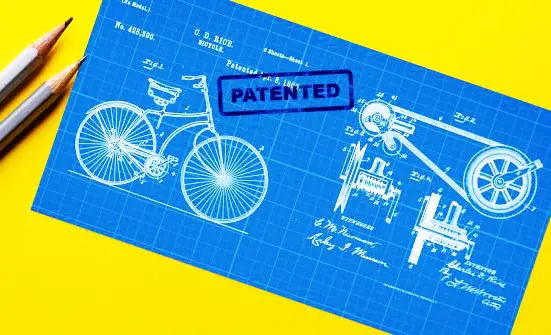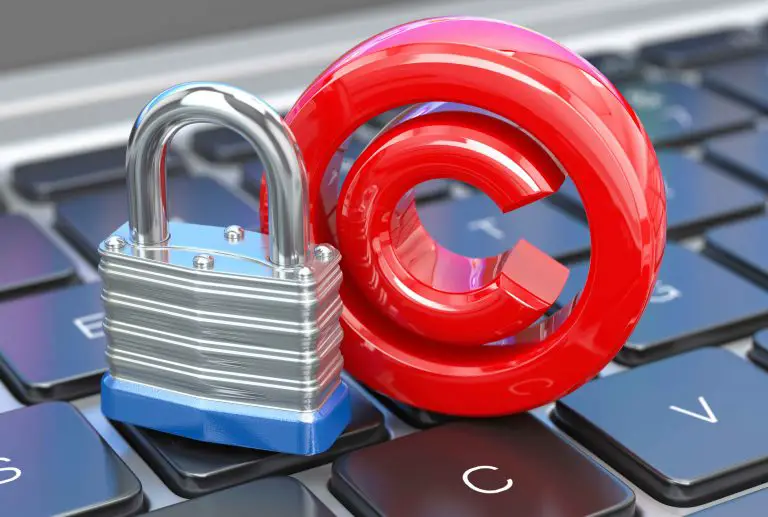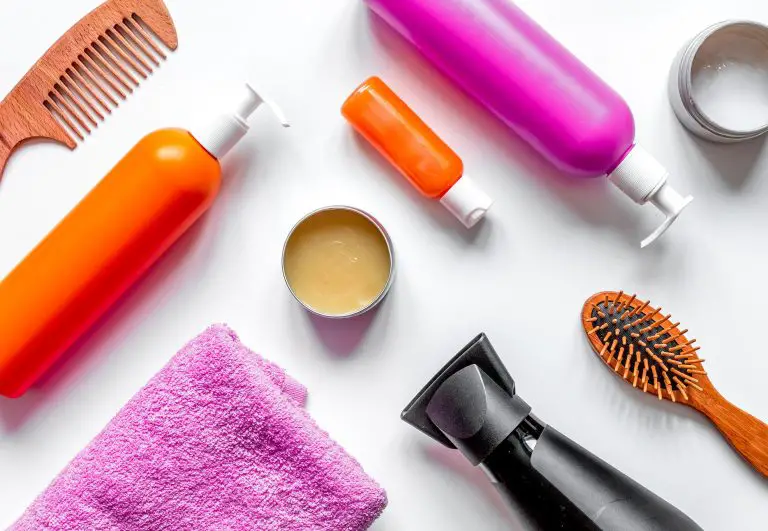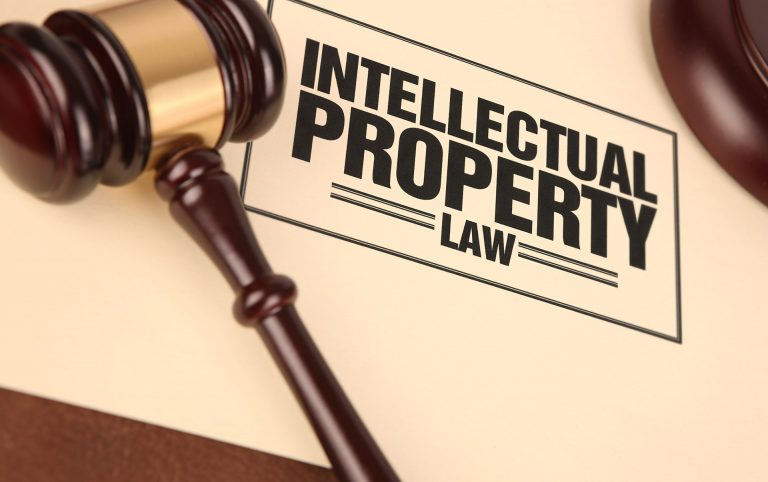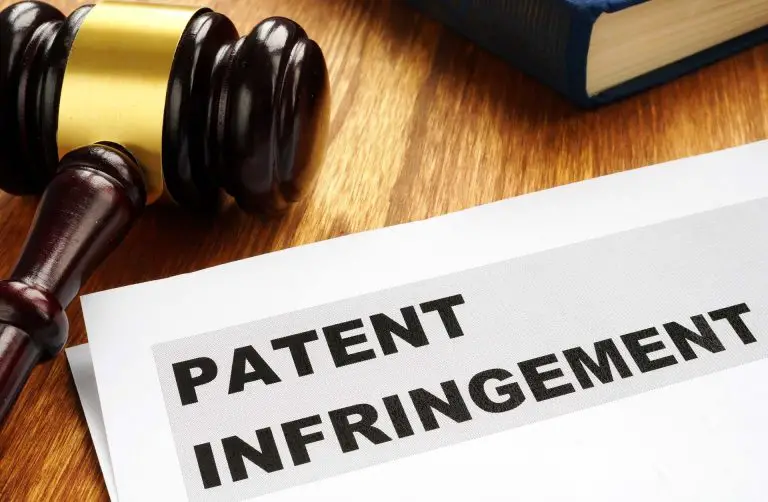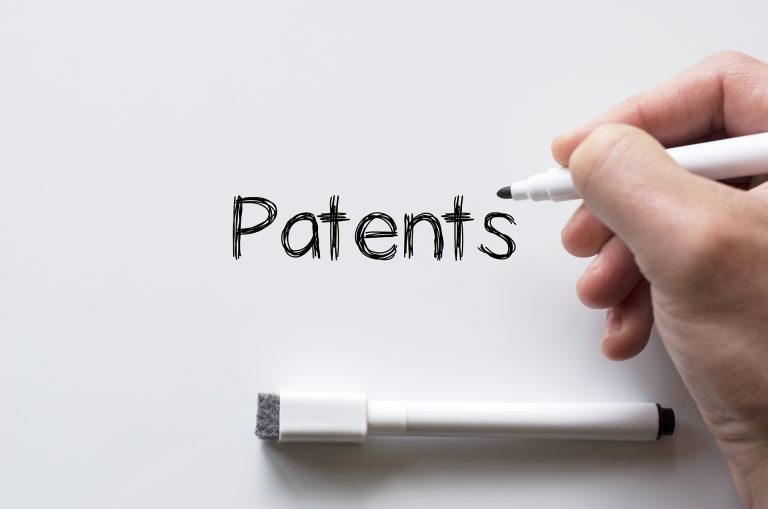How to Patent an Idea
If you’ve invented something new that will be very profitable once produced and sold, you may be wondering how to protect it from being copied by others. If that’s you, you’ve come to right the spot. U.S Patent law offers inventors patents, which are intellectual property rights that prevent others from using, making, selling, or importing your idea or invention. So, how do you patent your idea to protect your intellectual property? We will answer this question below.
How do you Patent Your Idea?
In the United States, inventors can protect their inventions by applying for a patent. To patent your idea, you must have an invention that is patentable, no one must have patented it before you, and then you have to file a patent application with the United States Patent and Trademark (USPTO). Patenting your idea or invention can be a complicated process that may require the assistance of a skilled patent attorney. We will give you the step-by-step process on how to get a patent in the coming sections.
What is a Patent?
A patent is a form of intellectual property right that the U.S Government grants to inventors to prohibit others from using, making, selling, or importing their inventions in the United States for a limited period of time. If someone copies your patented invention, you will be able to sue them for patent infringement.
For inventors, patents function as both a shield and a sword. As a sword, a patent allows you to make, use, and sell your invention while restricting others from doing the same. As a shield, it prevents others from taking an invention that’s the same as yours, patenting it and then restricting you from using, making, or selling the invention.
This is so because the United States has “the first to file” rule for patents. Under this rule, the person who first files a patent application with the patent office has priority over anyone (even someone who invents the invention first) who files later. Priority means that the first to file can legally prohibit everyone else from taking advantage of the invention.
Types of Patents You Can Get
The USPTO currently offers four types of patents that you can apply for:
- Utility Patent. A utility patent protects a product, process, machine, or improvement of one of them. Utility patents are the most common type of patent applied for, making up 93.6% of all patent applications.
- Design Patent. A design patent protects the aesthetics, appearance or ornamental design of a functional item. Design patents make up 6.2% of all patent applications.
- Plant Patent. A plant patent is a patent that protects newly invented or asexually reproduced a new and distinct type of plant. Plant patents make up less than 1% of all patent applications.
- Software Patent. A software patent as the name implies, protect unique and new software. Software patents are hard to get and getting them typically requires the help of an experienced software patent attorney.
Why are Patents Important?
If you have a new invention, you might be wondering why are patents important? Patents are important for several reasons, the main reason being that they provides protection for your product or invention by allowing you to restrict others from using, making, or selling your invention without your express permission. Here are several reasons why you should protect your invention with a patent:
- Protection. The main reason most people patent their invention or process is to restrict others from using, making, or selling their invention without their express permission to do so. Just remember that you can’t sue anyone for patent infringement unless the USPTO has granted or issued your patent.
- Priority. Patenting an invention before anyone else patents it gives the patent holder priority over others who seek to patent the same invention after the patent holder does so. Therefore, if you want to share your invention with third parties, it’s smart to first file a patent application to protect yourself against someone who might steal your idea.
- Limit Your Competition. Patenting your invention or products will help you curb any competition. If you have a competitors that copies your idea, by patenting your product, you can ask your competitors to stop selling your patented product. If they don’t respond, you can always sue them for infringing upon your patent.
- Exclusivity. If you are successful in patenting your invention, you will be able to exclusively profit and use your invention for 20 years from the filing date of your patent application (this applies to utility patents).
- You will find a detailed explanation of why you should or should not get a patent here.
How to Protect your Idea or Invention Before Getting a Patent?
If you need help or input on your invention from third parties and you don’t have a patent on your invention, you can have an attorney prepare a confidentiality agreement that they can sign to keep the details of your invention private.
While confidentiality agreements are not foolproof, they will make it less likely that the party you’re sharing information with will steal or copy your idea. We often find confidentiality agreement used when sharing information between inventors, investors, friends, family, and students.
Keeping your invention confidential is important if you want to get a patent for your invention. It’s important because you typically have to file a patent application for your invention before disclosing the invention to the public.
This is so because if the invention is disclosed to the public, it becomes prior art and when the patent examiner is considering whether the invention is new, if he finds the prior art, he may find that the invention is not new and reject the patent application.
That said, the United States along with some other countries offers a 12 month grace period, which allows application to file a patent application within 12 months of disclosing it to the public.
If any of the parties who signed the confidentiality agreement discloses your invention or tries to copy your idea, you will be able to sue them in court for breaking the agreement. If you want a good confidentiality agreement, contact an attorney in your jurisdiction and have them draft one for you.
Steps to Patent Your Idea
Patenting your invention is a long and somewhat complicated process. Knowing the steps you need to take to patent your idea or invention will help clarify things for you. Here are the steps you’ll need to take to get a patent:
1) Make Sure your Idea Qualifies for a Patent
To get a patent, you can’t patent just an idea, you need to show how your invention works. In addition to having an invention, your invention must be new and we will discuss the novel (new) requirement in the section directly below. Making sure that your invention qualifies for patent protection is very important especially since it requires a fair amount of your money and time to patent it.
2) To Get a Patent Your Invention Must be Novel (New)
To get a patent, U.S Law requires your invention to be new and useful. For your invention to be new means that some aspect of your invention was not known to the public before filing your patent application. The novelty (new) requirement was established to prevent prior art (publicly disclosed information) from being patented. Prior art includes all information that has been made available to the public is any form prior to filing your patent application with the USPTO. If the patent examiner finds that your invention has been described in prior art, your invention will be deemed not to be new.
3) Your Invention Must be Useful
Useful means that your invention provides some identifiable benefit or solves some problem. The patent office typically find inventions useful if they provide some identifiable benefit to society and it’s capable of being used. Inventions are rarely challenged on the grounds that they are not useful. The USPTO guidelines require patent application to express a specific, credible, and substantial utility. When patent examiners examine your application, the patent office bears the burden of proving that your invention is not useful. The utility you claim in your application is presumed valid unless the patent examiner shows otherwise.
4) Choose the Protection you Need
If you are still working out the kinks from your invention or you want to improve it and you’re not ready to file a nonprovisional (regular) patent application, you can apply for a provisional patent application to reserve a priority date for your invention while continuing to work on your invention. Some people often refer to this as a provisional patent, but it’s really just a provisional patent application.
Once you file a provisional patent application, you can use the words patent pending on your products, its packaging, and materials. That said, provisional patents are only good for 12 months. During the 12 months, you must file a nonprovisional (regular) patent application to patent your invention.
The downside to using a provisional patent application is if you add anything new to the invention that was not included on the provisional application, you will need to file a new patent application to add any newly protected features.
That said, if you already completed work on your invention and you have the money to patent your product, you can skip the provisional patent application and file a regular patent application with the patent office.
Also, in addition to your utility patent application, you can file a design patent application to protect the way your invention looks because utility patents only protect how an article is used and how it works, so if you want to protect the aesthetics of your product, you’ll need to file a design patent in addition to the utility patent application. Protecting both the utility and design of your invention makes your intellectual property more valuable.
5) Prepare & File Your Patent Application
Preparing and filling out your patent application to get a patent is a complicated process that requires you to comply with technical and formal requirements. The regular patent application has several parts and making mistakes, minor or major, can get your application rejected.
You do have the option of completing and filing your patent application yourself and the patent office is required to help you do so, however we always recommend that you consult and hire an attorney to complete and file your application for you.
If you choose to do it yourself, make a checklist of all of the requirements you need to comply with and double check your work as you move from one section of the application to the other.
If you do make a mistake, the patent office will usually give you a chance to correct it, however it will cost you time and money to submit corrections to the patent office.
We recommend that you hire an experienced patent, such as the ones at Legal Zoom because they have a team of experienced patent attorney who are skilled at drafting and filing patent applications for applicant such as yourself.
6) Wait For the USPTO to Respond
Once you’ve filed your patent application with the USPTO, you have to wait to hear back from them. Often times the patent examiner will reject your application arguing that your invention is not new, that your invention is not patentable, or that you have failed to explain how your invention works.
In any of these circumstances, you can usually reply to the USPTO arguing why your your patent application should be granted and why the patent examiner is wrong.
While your waiting to hear back from the patent office, you can start contacting potential customers for your product or you can contact companies that want to license the technology you’re trying to patent.
Why you Should Not Patent Your Idea or Invention?
Patents are valuable form of intellectual property rights. You should not get a patent if your invention is not patentable or if your invention is patentable but will not become commercially successful. Patenting your invention can be a costly process, especially if you need an attorney to help you with your patent application.
So, how do you know if your invention is patentable?
1) USPTO Search. You should search the USPTO Patent Database to ensure that no one has patented an invention or process that’s the same or similar to yours. If you find that there are no similar inventions, you should move on to other publications.
2) Search Expansion. If the USPTO search does not return any similar inventions, you can move on to searching other publications, such as scientific journals that relate to your invention.
3) Attorney. If for some reason you’re having trouble performing the search on your own, don’t feel discouraged because conducting the research on your own can be difficult. If you have an invention worth patenting, contact a patent attorney and have them help you perform the required research.
4) Notes. If while performing your research you find inventions that are similar to yours, write some notes about how your invention differs from them or how it improves upon them. Prepare a short explanation of why your invention is different from the ones that came before it.
Do you Need a Lawyer to Patent Your Idea?
We have seen many people successfully patent their idea or inventions on their own, so it’s not totally unheard of for someone to prepare and file their own patent application. Finding a good patent attorney costs a lot of money, but they are better suited to conduct research and prepare your application for you.
While hiring an attorney doesn’t guarantee the approval of your patent application, the chances of getting your application rejected for seemingly minor mistakes is a lot less with the help of an attorney.
If you choose to prepare and file your patent application on your own, you have to make sure that your invention qualifies for a patent and you will have to fill out the patent application. When filling out the patent application, you have to describe your invention and how it works.
That said, going it alone is very risky because you need to do a lot of work in a field that you may know little about. If you believe that you can get yourself a quality patent without the help of an attorney, you’re free to do so, but if you have the money to hire an attorney and like the added convenience, hire an attorney to do the heavy lifting for you.
Patent attorneys have not only passed the bar exam, but they have also passed the patent bar exam. Most patent lawyers have a great grasp of how the patenting process works and the ins and outs of patent law to help you get the best patent protection possible.
Frequently Asked Questions (How to Get a Patent)
Here are some of the most frequently asked questions about how to get a patent in the US:
1) How Much Does it Cost to Get a Patent?
When considering the costs for getting a patent, you have to consider the patent application fees and lawyer fees if you have one. If you are an individual inventor or a business with 500 employees or less, you will have to pay a filing fee of $150 for utility patents, $100 for design patents, and $140 for provisional patents.
The majority of the cost that you’ll have to pay is for an attorney to prepare your nonprovisional (regular) patent application. Lawyer fees for utility patents range from $5,000 to $15,000+, depending on the complexity of your invention. Software patents often cost $15,000+ due to the complexity of software patent law.
The fees we just mentioned are to prepare and file your patent application. Often times the patent office will communicate with your attorney and your attorney might have to make adjustments to your patent application, this of course is not free and your attorney will likely charge you for these services.
For more information on patent costs check out this article.
2) How Long Does it Take to Get a Patent?
In 2019, it’s currently taking 24 months from the date you file your patent to get a patent. Your patent application may take more or less time depending on how complex your invention is.
The USPTO currently has 550,000+ pending patent applications and only 8,000+ examiners to examine all of the applications. This is why the patent office is currently taking so long to approve application.
The first response from the USPTO is currently 16.4 months. Just remember that the first response you get from the patent office may not be an immediate approval, rather the response may be that your application is lacking in some aspect. You or your attorney will have an opportunity to reply and argue why your application is not lacking and a patent should be granted.
3) Why do Patent Attorneys Charge So Much to Get a Patent?
Patent attorneys charge a lot of money because they have specific experience in the field of patent law and scientific or engineering experience that relates to the field of the invention they’re seeking to patent.
Good patent attorneys are highly skilled in their field and many patent attorneys negotiate with the patent office on your behalf to get you the best patent protection possible. But any negotiations and communications that the attorney has to do with the patent office is usually in addition to the filing expenses you first paid.
While you may be tempted to prepare and file the patent application on your own, paying for a decent patent attorney may save you time and money down the road.
4) Why Should I get a Patent?
You should get a patent if you have an invention that’s worth protecting. Patents give you exclusive ownership over your invention for a limited period of time. For utility patents, you will enjoy ownership for 20 years from the filing date of your patent application, for design patents you get 15 years of protection from the date your patent is granted, and for plant patents you get 20 years of protection from the filing date of your patent application.
Having a patent over your invention allows you to restrict others from using, making, selling, and importing your invention to the United States. However, patents issued by the USPTO cannot be used to restrict others from making or selling your invention in other countries. For protection in other countries, you will need to get a patent in every country that you want patent protection in.
Patent Pending
Once you’ve applied to get a patent, your invention immediately becomes patent pending and you can instantaneously begin marketing it as such. That said, while your patent is pending, you are not protected from patent infringement because you cannot sue anyone for infringing upon a patent that is still pending.
That said, having the words patent pending on your product puts potential copiers and thieves on notice that you’re actively seeking legal protection for your product. In the even that the USPTO grants your patent, you will be able to take legal action against those that infringe upon your patent.
Filing a Provisional Patent Application to Patent Your Idea Fast
Filing your patent application quickly is more important today than it ever was before thanks to the first to file rule in the United States. Under the first to file rule, priority is given to the applicant who files his patent first. This makes the benefits of establishing ownership over intellectual property more important than ever.
As mentioned previously, filing a provisional patent application, just like filing a regular patent application gives you patent pending status. This gives you plenty of time to test the market and see if there’s a market for your invention.
With a provisional patent application, you can approach manufacturers for quotes and you can approach buyers to see if they’re willing to place an order for your patent pending product. By the end of your market research, you should have a good idea of whether there’s a market for your idea and whether you need to make any improvements to your invention.
Since provisional patent applications are almost never read or examined by the patent office (unlike non-provisional applications), this buys you an extra year of secrecy. Non-provisional patent applications are typically made public after 18 months of filing.
Overall, provisional patent applications are great to use before using a regular application. Provisional patent applications gives you the freedom to speculate, test the waters, and ultimately make a more informed decision about whether you really want to get a patent for your invention.
How to Patent an Idea or Product? (Concluded)
Now you know that getting a patent is a great way to protect your intellectual property rights. We shared all of the information relating to how to patent your idea or invention in the United States, whether you should hire an attorney to get a patent, and the steps you need to take to patent your idea or invention. If you have any general questions or comments, please feel free to leave them in the comments section below.

